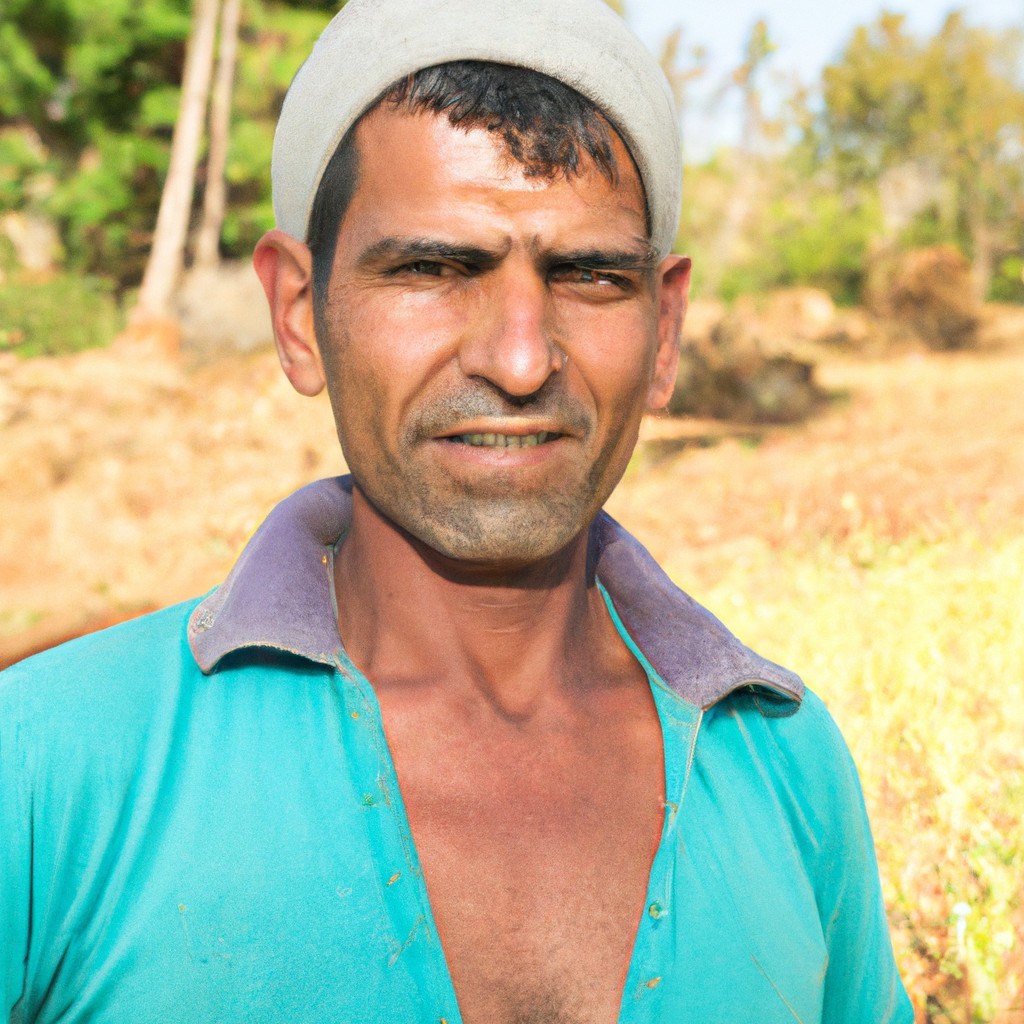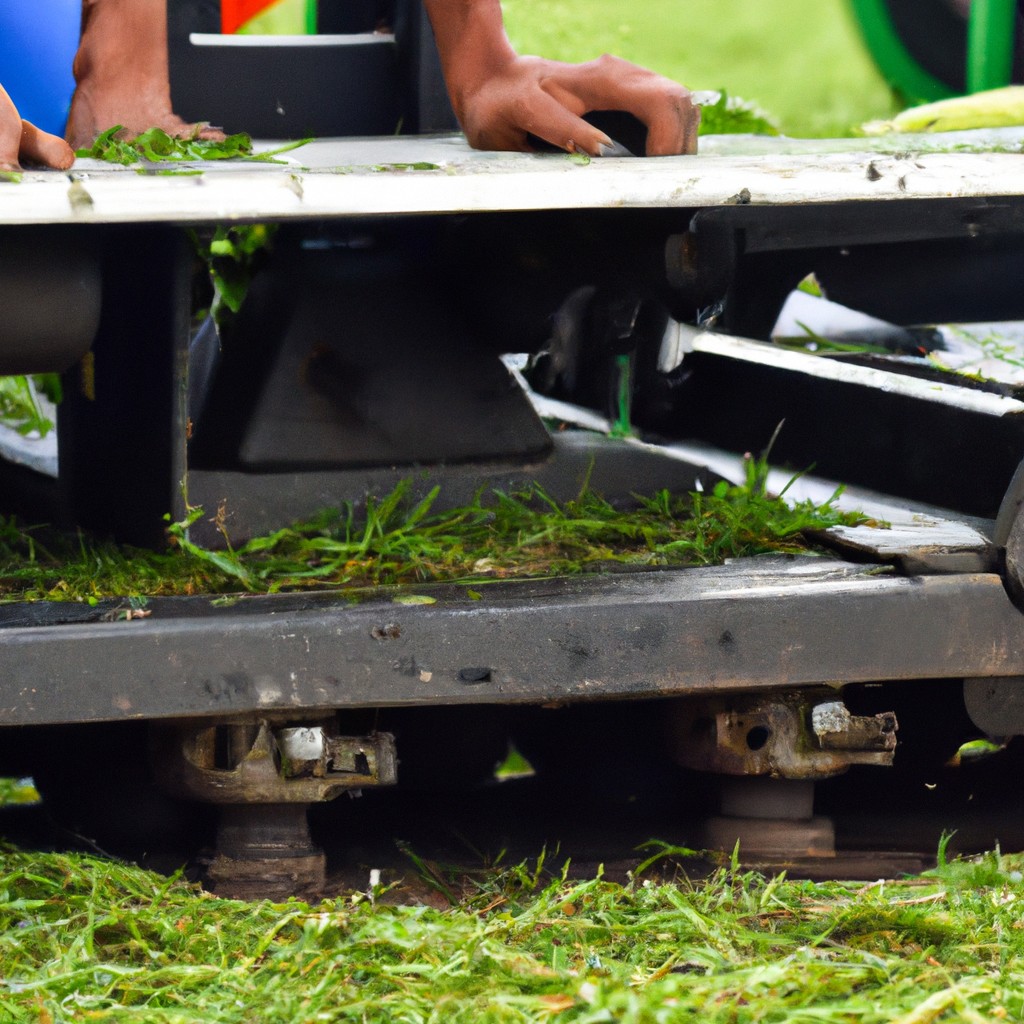Exploring the distinct approaches and benefits of biodynamic and regenerative farming, this article delves into their roles in promoting a sustainable future for agriculture.
Diving into the world of sustainable agriculture, one can quickly find themselves entwined in a web of terms and practices. Among these, biodynamic and regenerative farming are two prominent methods that often stir confusion.
Both are rooted in the same principle of promoting ecological balance and conserving biodiversity, but they differ significantly in their approach and execution.
In this article, we will dissect these two farming methods, comparing their techniques, benefits, and challenges, providing you with a comprehensive understanding of biodynamic and regenerative farming.
Key takeaways:
- Biodynamic farming integrates plant, animal, and soil health with cosmic rhythms.
- Regenerative farming aims to replenish resources, improve soil health, and reduce carbon footprint.
- Biodynamic farming emphasizes holistic practices, while regenerative farming focuses on soil health.
- Both methods offer benefits like increased soil fertility, water retention, and pest resistance.
- Consumers can support sustainable farming by purchasing certified biodynamic or regenerative produce.
Look Inside:
Understanding Biodynamic Farming

Biodynamic farming incorporates an ecological, self-sustaining approach to agricultural production. It extends beyond organic farming by integrating the farm as a living organism, intersecting plant, animal, and soil health with cosmic rhythms.
Here are its underlying principles:
- Biodiversity: A variety of crops and animals coexist in a single farm system, mimicking natural ecosystems.
- Ecological Self-Sufficiency: Farms aim to reduce reliance on imported materials by generating their own organic fertilizer, compost, and animal feed.
- Living Soil: Soil health is fundamental, maintained through crop rotations, animal manure, and unique preparations of plant, mineral, and animal substances.
- Cosmic Rhythms: Planting and harvesting align with natural cosmic cycles, emphasizing an energetic connection to nature.
This holistic approach provides some perceived advantages, including increased soil fertility, water retention, pest resistance, and overall farm resilience.
Consumers can support biodynamic farming by purchasing certified biodynamic produce, thereby promoting sustainable agricultural practices.
Key Principles of Regenerative Farming
Regenerative farming pursues the aim of replenishing the resources used in cultivation, enhancing ecosystem health, and reducing carbon footprint. Main principles include:
Minimizing tilling: Excessive tilling disrupts the soil’s structural integrity, leading to erosion. Regenerative farmers opt for low or no-till methods to preserve soil health.
Maintaining soil cover: Constant soil cover, using either plants or organic matter like compost or mulch, prevents erosion and keeps nutrients from evaporating or being washed away.
Crop rotation and diversification: By alternating types of crops and incorporating livestock, farmers can naturally manage pests, foster a diverse microbiome in the soil and improve nutrient cycling.
Incorporating perennial plants: Unlike annual crops, perennials take root deeply, improving soil structure and decreasing erosion. They also act as carbon sinks, absorbing CO2 from the atmosphere.
Livestock integration: Animals on pasture contribute to soil fertility by spreading manure, a natural fertilizer. They can help control pests and weeds, and they improve the soil’s ability to retain water.
The relevance of this approach lies in its potential to counteract many environmental issues associated with conventional farming, such as soil degradation, water pollution, and biodiversity loss. It also bolsters our food security by making farmlands more resilient in the face of climate change. As for what can be done, consumers can support regenerative farming by buying products labeled “regeneratively grown” or purchasing from local farmers who adopt these practices.
Comparison Between Biodynamic and Regenerative Farming
Despite both prioritizing the wellbeing of the environment and aiming for sustainability, there are key distinctions between biodynamic and regenerative farming.
Biodynamic farming is a holistic approach whose fundamental principle is treating the farm as a living organism. The practices involved include the use of animal manures instead of chemical fertilizers, crop rotation, and strategic planting as per lunar cycles. Essentially, it is akin to homeopathic therapy, but for farmlands.
Regenerative agriculture, on the other hand, aims to improve soil health, watershed, and increase biodiversity. It relies on practices such as no-till farming, cover cropping, and paddock grazing. Its aim is not just to maintain but improve the condition of the land—giving back more than it takes.
There can be some overlap between the two. For instance, the use of manure compost is pronounced in both methods. In other words, a farm can be both biodynamic and regenerative. However, one defining difference is the spiritual-philosophical aspect of Biodynamics, which is absent in regenerative farming.
You may weigh these comparisons when deciding on agricultural practices for personal farming projects or when choosing produce as a consumer. It’s a way to understand the farming philosophies behind the products, the environmental impact, and its overall fittingness to your values and preferences.
Benefits of Biodynamic and Regenerative Farming
With an emphasis on systemic health and biodiversity, biodynamic and regenerative farming offer a multitude of benefits.
Biodynamic farming goes beyond organic methods, integrating plants, animals, water and all organic life into a self-sustaining system. This harmonious balance of the natural environment and resources promotes high-quality, nutrient-rich crops. Practices like composting and crop rotation foster soil health, reducing the need for synthetic fertilizers.
Regenerative farming also focuses on soil health. It mitigates climate change by drawing down carbon dioxide from the atmosphere, sequestering it in our soils, and rebuilding soil organic matter. These practices improve water retention and mitigate floods and droughts, proving beneficial in the face of climate instability.
As consumers, being aware of your food’s source and choosing to support these sustainable farming methods can create demand that influences market trends. Buying from local farmers’ markets or joining community-supported agriculture programs are ways to get involved.
For farmers, switching to biodynamic or regenerative farming may mean rethinking conventional farming practices. This can lead to reduced input costs over time and even new income streams such as carbon credits. Encouragingly, numerous resources are available to support this transition, from workshops and webinars, to grants and incentives.
Shifting towards biodynamic and regenerative farming approaches can aid in creating resilient food systems, promoting biodiversity and combatting climate change. While the shift may require change and adaptation, the rewards can be plentiful for farmers, consumers, and the environment as a whole.
Common Myths and Misconceptions About Biodynamic and Regenerative Farming
Various misconceptions surround biodynamic and regenerative farming, largely due to a lack of understanding about them. For instance, it’s often believed that these farming methods are expensive and only accessible to high-income earners. However, while there may be certain initial costs associated with adopting these farming approaches, they can prove to be cost-effective in the long term due to their emphasis on resource efficiency.
Another common myth is that biodynamic and regenerative farming aren’t as productive as conventional farming. Yet, studies have shown that while crop yield may initially decrease, in the long run, sustainable practices can lead to healthier soil and a more resilient farm system capable of producing high yields, even under adverse conditions.
An additional misconception is that these farming methods are too complex or time-consuming, but with appropriate understanding and application, they can integrate well with farmers’ existing practices and schedules.
To counter these myths, readers are encouraged to educate themselves and others about these sustainable farming techniques. Resources are readily available for deeper understanding and practical advice on implementation. Readers can also support local farmers who practice biodynamic and regenerative farming, collaborating with others in the community to establish local food systems that are both sustainable and profitable.
Cost Implications of Biodynamic and Regenerative Farming
Both biodynamic and regenerative farming methods require an initial investment that may be higher compared to conventional farming. This is due to the biological inputs, training, and new equipment that may be required. Biodynamic farming, in particular, requires additional expenses related to the preparation of biodynamic compounds and, in some cases, land amendments to support a diverse, self-sustaining ecosystem.
However, these upfront costs often pay off in the long run. Both these farming methods lead to improved soil health and fertility, meaning farmers can save on synthetic fertilizers. The methods can also help increase resistance to pests and diseases, potentially reducing expenditure on pesticides. Furthermore, regenerative farming practices can improve crop resilience against the impact of climate change, reducing the financial risk associated with weather-related crop failures.
This is to say, while the financial output at the beginning may seem daunting, the long-term benefits of biodynamic and regenerative farming make these practices a worthwhile investment. It’s also worth noting that both types of farming are increasingly recognized by consumers who are willing to pay premium prices for sustainably produced food.
In terms of steps to take:
- Farmers should weigh the initial costs against potential long-term savings and revenue from healthier, more productive soil and increased market demand.
- Learning about various government and non-government grants, incentives, or subsidies available for transitioning to these farming methods can be beneficial.
- Exploring marketing options for sustainably produced food, for example, via direct sales to local customers, community-supported agriculture programs, or through certification and labeling schemes.
- Consulting with financial advisors or agricultural extension services to ensure sound economic planning can also be useful in making a transition to these farming methods.
Understanding the Terminology: Biodynamic and Regenerative Farming
At their core, biodynamic and regenerative farming both aim to produce food while enhancing the health of the ecosystems they’re part of. While sharing a common goal, their methods differ.
Biodynamic farming treats the farm as a single living organism. It’s based on the philosophy of Rudolph Steiner, which includes astrology, homeopathic preparations, and the view of the farm as a closed, self-sustaining system. Biodynamic farming puts great emphasis on harmonizing farming practices with cosmic rhythms.
Regenerative farming focuses on the re-building of soil organic matter and regenerating degraded soil biodiversity. The purpose is to produce high-quality food while at the same time reversing climate change by sequestering carbon in the soil and above-ground biomass. Regenerative farming makes use of practices like crop rotation, reduced tillage, use of cover crops, and holistic grazing.
The relevance of these concepts lies in their promise to heal the land and produce nutrient-dense food while reducing greenhouse gas emissions. Considering current concerns about climate change, soil erosion, and food quality, these farming methods can be seen as part of the solution.
To imbibe these principles:
- Learn the concepts: Biodynamic and regenerative farming have their own unique concepts, which aren’t hard to understand but need commitment.
- Sourcing food: Seek out farmers markets, organic stores, or online vendors that support biodynamic and regenerative farming.
- Grow your own: If possible, start a small garden using these principles.
- Advocate: Share your knowledge with friends, family, and the local community. Your efforts can inspire others to support environmentally-friendly farming practices.
FAQ
What is regenerative and biodynamic farming?
Regenerative and biodynamic farming is a form of organic agriculture that focuses on maintaining sustainability through the prohibition of GMOs, synthetic pesticides, fertilizers, and hormones.
What is the difference between organic farming and biodynamic farming?
Organic farming allows for external organic inputs like manure and nutrients to supplement poor soil, while biodynamic farming emphasizes the use of composting to maintain soil vitality and health, enabling the growth of vegetables without any external inputs.
What is the difference between regenerative farming and organic farming?
Regenerative farming emphasizes the enhancement of ecological and social functions of the farm and community, while organic farming focuses on compliance with certain rules, primarily the non-use of synthetic pesticides.
Why is biodynamic farming better?
Biodynamic farming is considered superior due to its emphasis on enhancing soil, plant, and animal health, encouraging balanced nutrition and robust immunity, fostering a diverse ecosystem of plants and animals, and creating habitats for natural predators that mitigate pests and diseases.
How does the approach to soil health differ between regenerative and biodynamic farming techniques?
Regenerative farming prioritizes soil health through practices like cover cropping, crop rotation, and minimal tillage, while biodynamic farming integrates these with esoteric methods, treating the farm as a single organism and using astrological calendars for planting and harvesting.
What impact does biodynamic farming have on biodiversity compared to other agricultural practices?
Biodynamic farming enhances biodiversity by incorporating diverse crops, livestock, and native plants into the system which improves soil health, encourages beneficial insects, and mitigates pests and diseases, unlike conventional farming practices that often reduce biodiversity through monocultures and excessive use of pesticides.
How are livestock incorporated within the regenerative farming framework compared to organic farming?
In regenerative farming, livestock are integrated into the system as key components that fulfill critical ecological functions – such as soil building and nutrient cycling – whereas in organic farming, livestock are typically managed separately.




